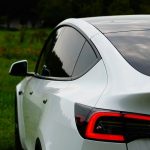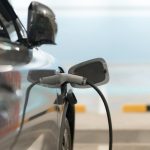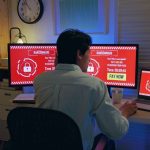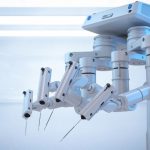Recently, several videos have emerged showing Tesla vehicles equipped with Full Self-Driving (FSD) Supervised operating under real-world conditions in Australia. With clips circulating on various social media platforms, observers have documented electric cars from Tesla handling lane changes, negotiating curves, and responding to traffic – but always under driver supervision. These sightings suggest preparations are underway for an imminent rollout of FSD Supervised in the Australian market, which could have implications for adoption in other right-hand-drive regions. Interest in advanced driver-assistance technologies has been steadily growing across Australia, where drivers and regulators continue to scrutinize the performance and reliability of such systems.
Earlier accounts of Tesla’s FSD capabilities in Australia were limited to select demonstrations or controlled environments. Previously, sightings typically showed Model 3 vehicles in central Melbourne, but without detailed information about the product version. There was speculation about whether right-hand-drive countries like Australia would experience delays, as previous releases favored left-hand-drive markets such as the United States and Canada. The current series of publicly shared videos marks a clear shift toward broader real-world testing, suggesting that Tesla’s preparations for the local launch have progressed significantly.
What Features Did the Latest Videos Reveal?
The videos, some narrated by media figures including Ben McKimm and Danielle Collin, depicted Tesla vehicles managing common road scenarios such as navigating intersections, reacting to stop signs, and automatically making lane changes, all while under a driver’s supervision. McKimm commented on the promptness of FSD’s decision-making when adapting to changing road conditions. Collin focused on the system’s ability to react independently to traffic situations. These demonstrations highlight the emphasis on active supervision mandated by Tesla at this stage. The showcased version – FSD (Supervised) Version 13 – appears tailored for hardware version 4 (HW4) vehicles.
Do Australian Regulations Permit the FSD (Supervised) Rollout?
Tesla’s country director, Thom Drew, has maintained that there are no significant regulatory hurdles for deploying FSD (Supervised) in Australia. In his statement, Drew noted,
“There are no blockers in Australia for a supervised release of FSD, similar to North America.”
The company’s local website further clarifies that its system leverages 360-degree camera coverage for managing blind spots and tracking other road users, but requires constant human attention. Drew also commented,
“It’s something our business is working on releasing.”
While initial footage and statements provide no rollout timeline, the conditions appear favorable for public release.
Will Australia Become a Key Market for FSD Supervised?
Australia may be among the earliest right-hand-drive countries to gain access to Tesla’s latest supervised driving assistance. The present trial, limited to HW4-equipped vehicles, could offer insights for deployment in other similar regulatory environments. The move supports Tesla’s global approach of tailoring its autonomous features to regional infrastructure and consumer acceptance levels. As public demonstrations increase, more detailed feedback is expected from both users and transport safety authorities within the region.
The evidence gathered from these tests will likely influence regulatory processes beyond Australia, potentially hastening acceptance of supervised driver-assist systems in additional markets. Drivers and policymakers will be watching closely as FSD Supervised’s performance data accumulate on the roads, providing a clearer impression of its everyday capabilities and limitations. Although regulatory approval mechanisms may vary by territory, lessons from Australia could inform adjustments or assurances needed elsewhere for similar releases.
Australia’s visibility as an early test site for Tesla FSD (Supervised) is significant given the global context. While some previous releases have encountered delays or additional scrutiny, Tesla’s clear communication regarding human supervision and technical requirements may help foster public trust and regulatory cooperation. Potential users should note that Tesla’s supervised automation is designed as an advanced assistance feature, not as a substitute for driver responsibility. Observing how the technology performs and evolves in an Australian context will provide valuable insights for regions considering similar deployments. Those interested in driver-assistance features should continue to follow regulatory responses and real-world performance results to assess when, and on what terms, these systems will become widely available.
- Videos depict Tesla testing FSD (Supervised) with drivers in Australia.
- No regulatory barriers have been indicated by Tesla’s local leadership.
- Australia could help set standards for right-hand-drive autonomous rollouts.










